Addressing a room full of audiences, a staff member from a hydrogen energy demonstration zone elucidated the electrochemical reactions that occur between hydrogen and oxygen within hydrogen fuel cell engines, emphasizing that this process produces water, electricity and heat without generating pollutants or carbon emissions.
Some three years ago, this Beijing Daxing International Hydrogen Energy Demonstration Zone, covering an area of 20 hectares, was an old factory of an auto parts manufacturer.
Today, a new center for high-quality development has emerged through the transformation, upgrading and optimization of the hydrogen energy industrial layout. This location has attracted a cluster of hydrogen energy industry R&D, testing and production enterprises, forming a complete industry chain for hydrogen fuel cell engines.
During the 2022 Beijing Winter Olympic and Paralympic Games, hydrogen fuel cell vehicles were widely used in Beijing, Yanqing and Zhangjiakou competition zones. More than 1,200 hydrogen fuel cell vehicles were put into operation, with a total operating distance of more than 3.2 million kilometers and a carbon reduction of about 2,600 tonnes.
The rapid development of the Daxing International Hydrogen Energy Demonstration Zone exemplifies China's efforts to promote green and low-carbon industries and optimize the industrial layout.
Over the past decade, China has consistently intensified efforts to boost high-quality and green development. In 2021, China's high-tech manufacturing accounted for 15.1 percent of the value-added of industrial enterprises above designated size (with main business revenue of 20 million yuan and above), marking an increase of 5.7 percentage points over that in 2012, according to a white paper titled "China's Green Development in the New Era."
China is also the largest producer of clean energy equipment in the world. In 2021, the output value of the energy conservation and environmental protection industry exceeded eight trillion yuan.
In recent years, the country has integrated green development into all links of the industrial, agricultural and service chains. In pursuit of energy conservation, emissions reduction and improved efficiency, China has vigorously promoted innovation in technology and standards. Through these efforts, traditional industries have been transformed to become more environmentally friendly in an all-encompassing manner.
Helan County in northwest China's Ningxia Hui Autonomous Region has many wetlands and lakes. In recent years, the county has made significant progress in alleviating the issue of tailwater pollution caused by traditional breeding modes through innovative breeding technologies and practices. Thanks to these efforts, Helan has been able to produce more high-quality and ecologically sustainable aquatic products.
"We have been continuously promoting the aquacultural technology with the assistance of experts," said Shi Wei, senior engineer at the aquatic technology promotion service center in Yinchuan, capital of Ningxia.
He added that experts have introduced the "land-based ecological fishery," which is a rice-fishing cycle ecological planting and breeding system that uses water rich in nutrients such as nitrogen and phosphorus to irrigate rice fields. After being fully absorbed and utilized by the rice planting system, the purified water can be used as a high-quality water source for aquaculture.
"This mode not only solves the problem of water quality deterioration caused by aquaculture residual feeds and excrement but also reduces the amount of fertilizer and medicine used in rice, effectively reducing the agricultural non-point source pollution and soil salinization and realizing the mode of using fish to fertilize the field and, in turn, using the field to purify water," Shi said.








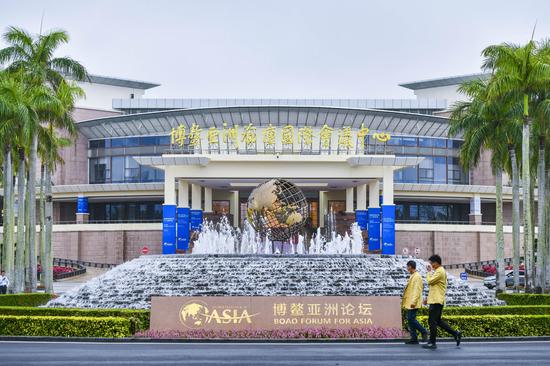


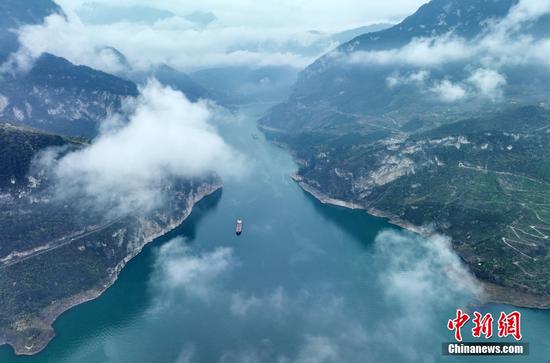
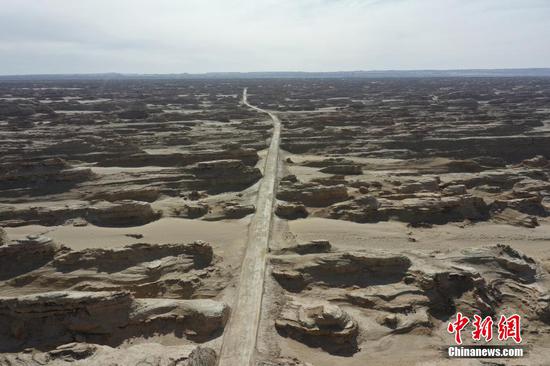

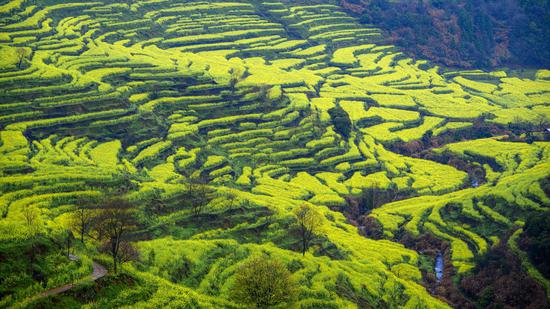



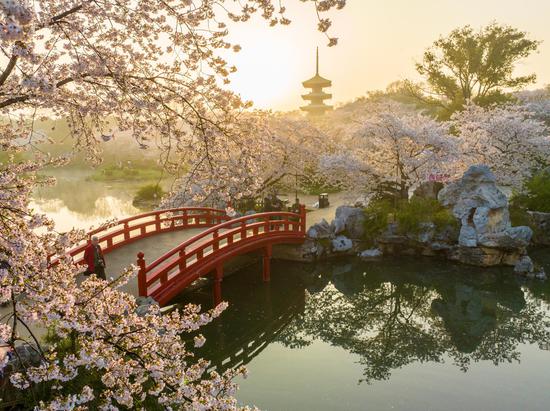
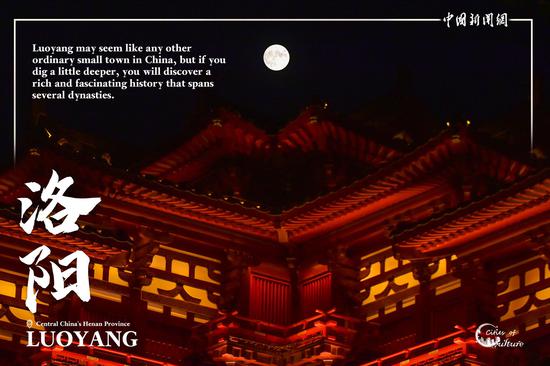


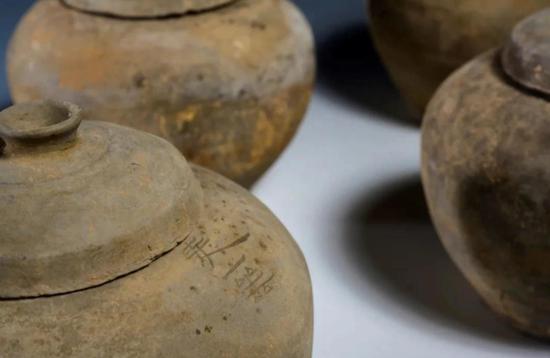
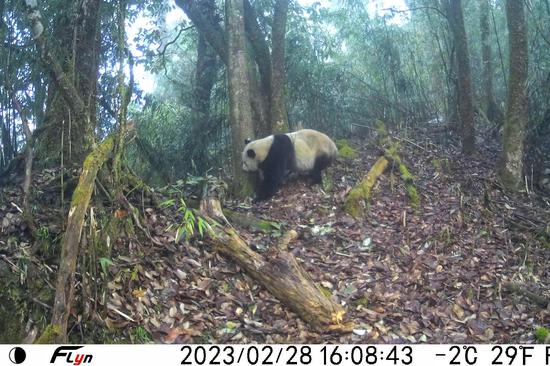



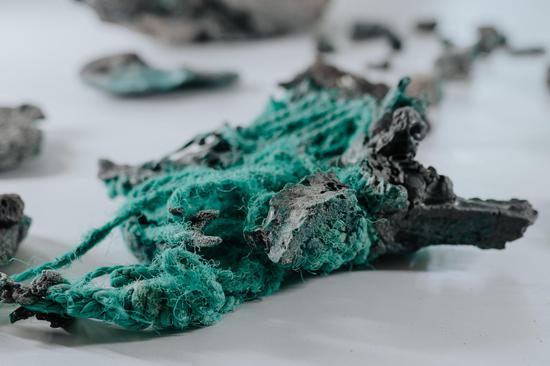
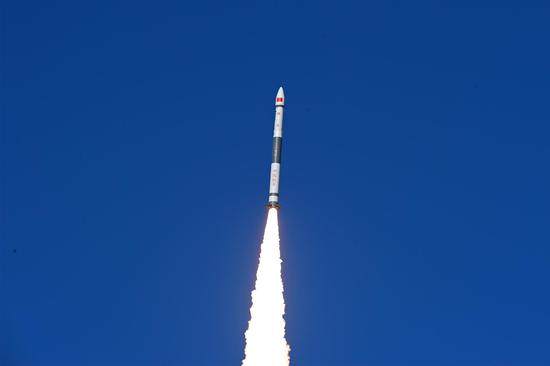

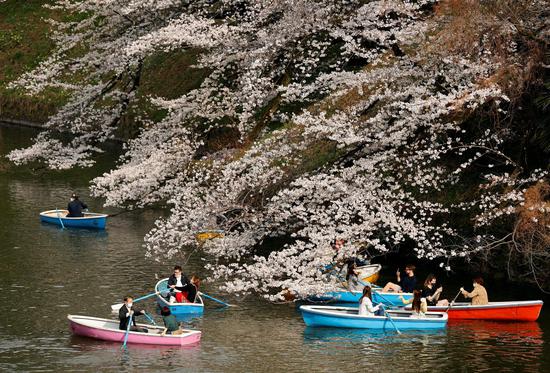
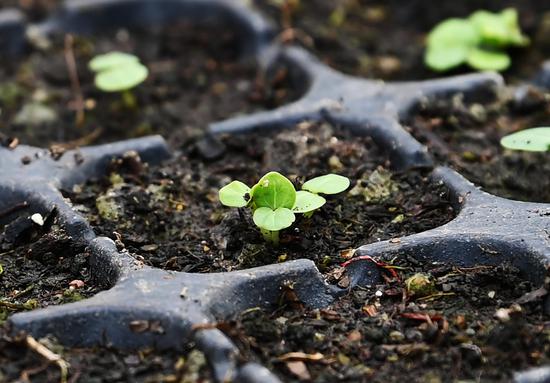


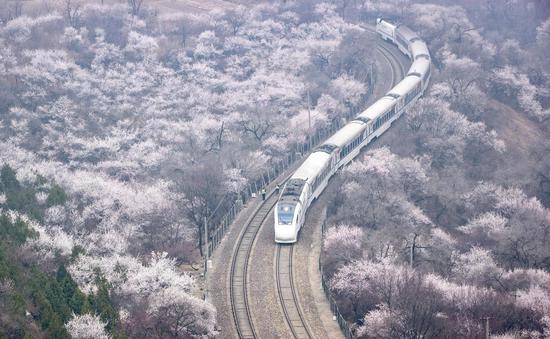
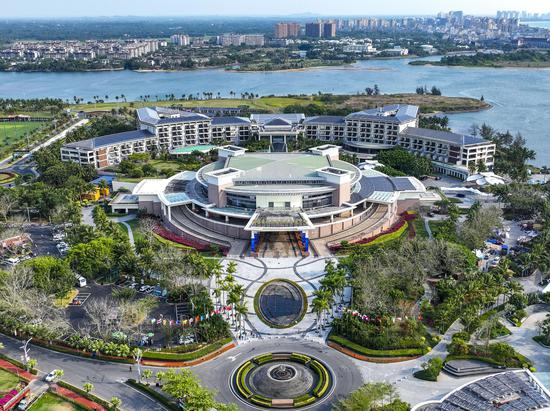
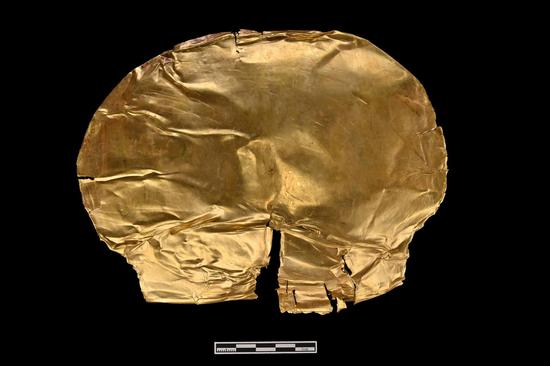

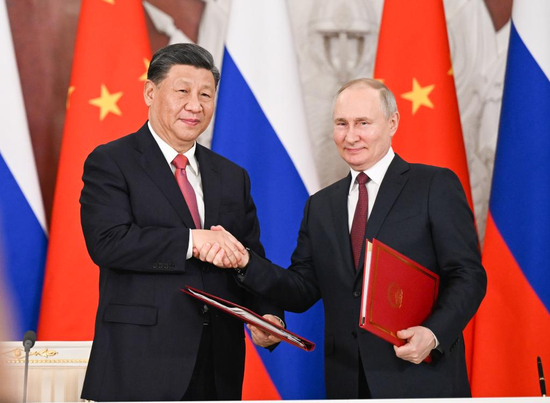
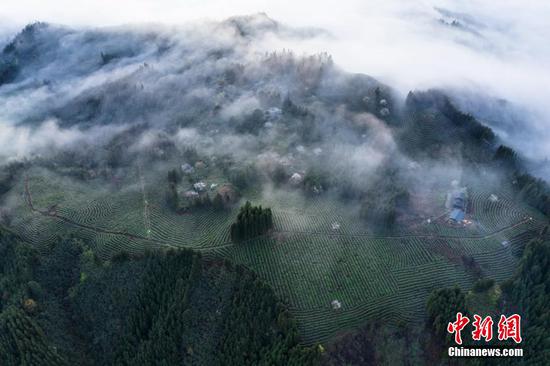

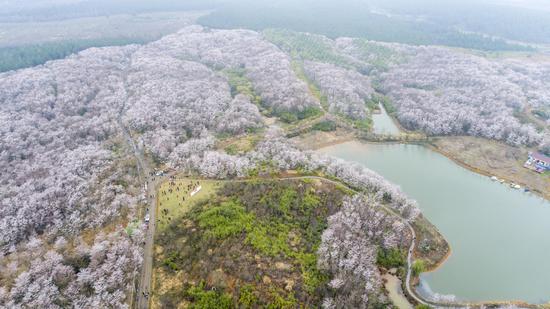


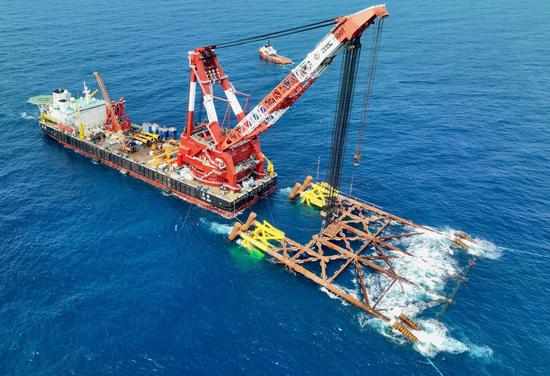



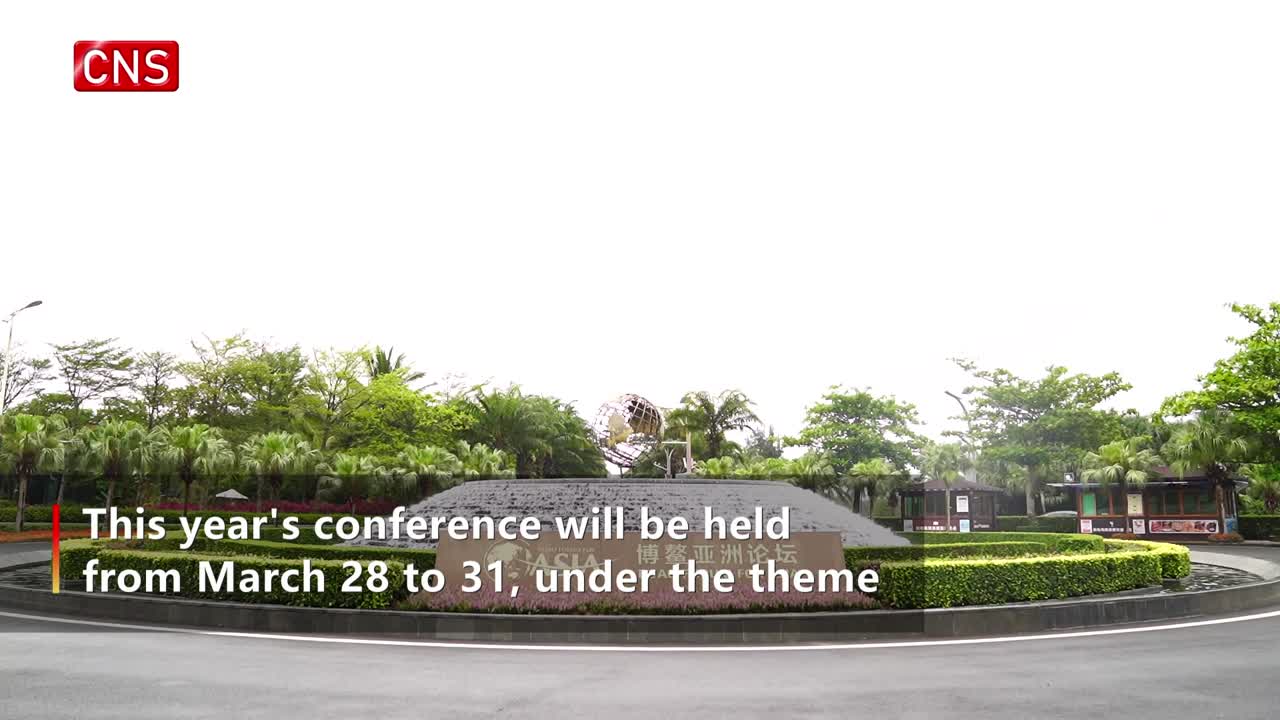

 京公网安备 11010202009201号
京公网安备 11010202009201号